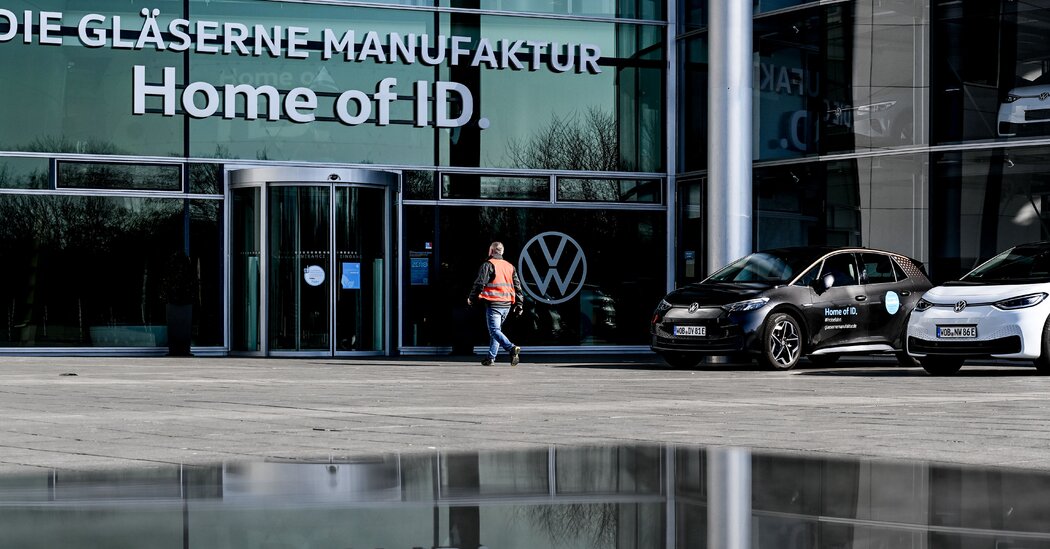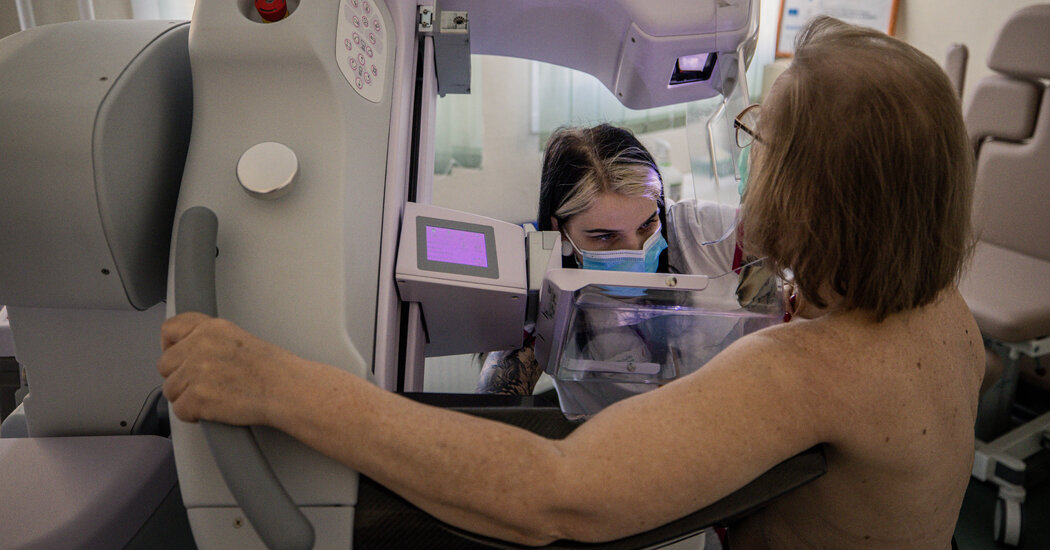Amazon Pauses Work on 2nd Headquarters in Virginia
When Amazon said in 2018 that it planned to build a second headquarters in Virginia, along with a sister office complex in New York, it was a symbolic moment for the tech industry’s increasing importance to the American economy.
But the company’s decision made public on Friday to pause plans in Virginia — about four years after Amazon pulled out of its campus in New York — is the latest reminder that the tech industry’s long boom has slowed.
It is also another indication that the pandemic may have permanently changed office work, presenting new challenges to communities that had counted on the growth of tech offices.
The decision to delay a large part of the prominent construction project, which it called HQ2, came as Amazon and other big tech employers have made the most significant cuts to their work forces in at least 15 years.
The companies are also struggling to figure out what to do with their offices as their workers continue to spend at least part of the time working from home. Nearly three years after the pandemic shut down workplaces, few tech companies have required their employees to return to the office full time.
“For HQ2 to be on pause is emblematic of the pause that tech has hit all across the industry,” said Jeffrey D. Shulman, a marketing professor at the University of Washington who has researched Amazon’s impact on Seattle, its hometown. “HQ2 is the perfect emblem of where we were and where we are, and just how different they are.”
The HQ2 project has several clusters of development in Virginia, just over the Potomac River from Washington. The pause will affect PenPlace, the second and larger stage, which would build a mix of office towers, open space and a signature, spiraling glass building Amazon calls the Helix.
Construction on the first phase, a nearby complex known as Met Park, contains two office towers and is scheduled to open for employees in June.
The pullback makes future investments by developers and small business uncertain, Mr. Shulman said. “It has rippling effects where there is now shaken confidence in something that seemed like a can’t miss when they announced it,” he said.
The construction delay was reported earlier by Bloomberg News and confirmed on Friday by Amazon’s real estate chief, John Schoettler. “We’re always evaluating space plans to make sure they fit our business needs,” he said in a statement.
He said the company had already hired more than 8,000 employees in HQ2 and planned to eventually bring 25,000 corporate and tech jobs to the region.
After Amazon rapidly expanded to meet the pandemic’s boom in online shopping and services, Andy Jassy, who took over as Amazon’s chief executive in July 2021, has spent the past year pushing the company to trim costs.
Last summer, amid the cost-cutting and uncertainty of how hybrid work would shake out, Amazon put the brakes on building several towers in Bellevue, Wash., near its headquarters in Seattle. It had planned to have space for 25,000 employees in the new offices.
Then in November, Amazon began plans to layoff about 10,000 workers, only to expand the number of layoffs in January to 18,000.
Tech companies, roiled by their biggest work force contraction since the dot-com bust and continued remote work, have pulled back on their expansion plans, which has allowed them reduce real estate costs.
Google backed out of a large project to build space for 6,000 workers near Seattle as it announced layoffs in January, and Microsoft has delayed some work on its overhaul of its headquarters campus. Yelp vacated its headquarters in San Francisco, where Salesforce has cut back on leases as well.
The pullback, combined with the persistence of employees working remotely, has hobbled cities that relied on tech workers to frequent cafes, doggy day cares, and transit.
Last month, Mr. Jassy wrote in a letter to employees that most corporate staff would be expected to return to the office three days a week starting on May 1. It caused grumbling from many Amazon workers, but cheering from city officials in Seattle and Bellevue.
“Events really did change,” said Richard Florida, a professor at the University of Toronto who has studied urban development and tech for more than two decades. “We did have a pandemic, remote work became a thing. But I think this is yet another cautionary tale, perhaps the ultimate cautionary tale, of not betting a whole community on a company.”
The slowdown at Amazon’s HQ2 is perhaps the most indicative of how quickly the tides have changed from its ambitions of just a few years ago. Amazon kicked off an international frenzy in 2017 when it announced its search for a second headquarters, saying it wanted to find a place where it could expand to house 50,000 employees. Hundreds of cities and towns around North America threw themselves at Amazon, hoping to attract what were seen as well-paid jobs of the future.
But long-shot hopes were dashed in late 2018, when Amazon announced that it would be split the second headquarters equally between Queens and Arlington, Va., two metro areas where Amazon already had more employees than anywhere else outside of Seattle and the Bay Area.
At the time, the company said that the developments would require $5 billion in construction and other investments. Amazon was offered more than $2 billion in tax incentives from New York and Virginia.
The tax breaks, and concerns over gentrification, caused fierce community, union and political pushback over the campus in Long Island City, and in early 2019, Amazon canceled its plans for the Queens campus.
The company said it might still pursue permits and other pre-construction work on the second phase of the project in Virginia later this year.
“We continue to work with Amazon to advance plans for Pen Place, and look forward to helping Amazon realize its complete vision for HQ2,” Matt Kelly, the chief executive of JBG Smith, the developer of the project, said in a statement.


